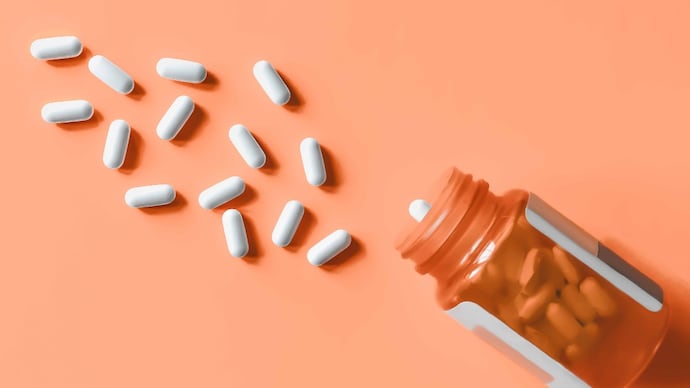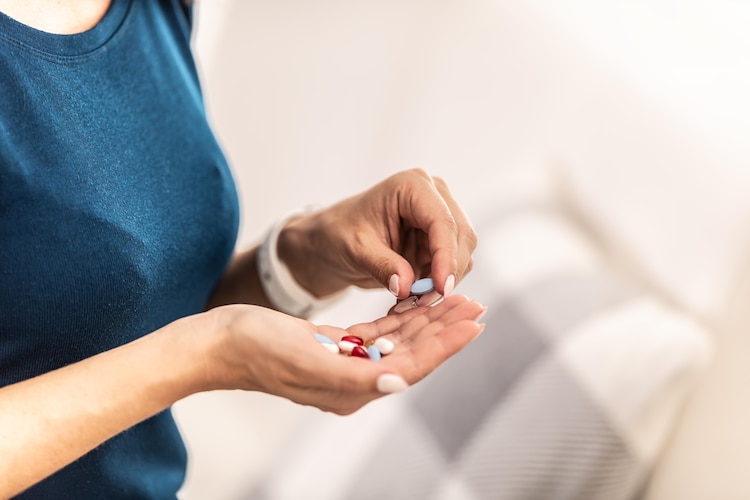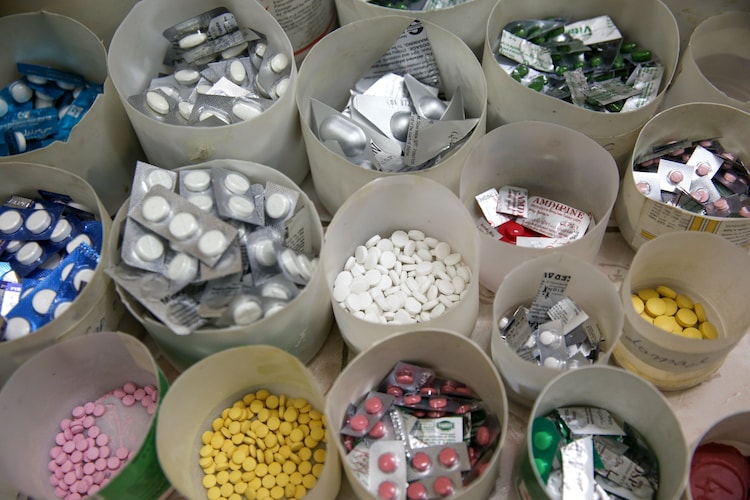Paracetamol overdose: how much is too much?
Paracetamol, a common painkiller used in Indian households, can cause serious harm, especially to the liver, if not used as recommended.

Paracetamol has been a rescue pill for most Indians. Almost every household has a strip of this medicine as it is a common over-the-counter pain reliever used to treat headaches, muscle pain, and even fever.
But most people take paracetamol even if they have minor symptoms, which should be taken as a precaution.
Despite its widespread use and perceived safety, paracetamol, also known as acetaminophen, poses significant risks, particularly to the liver, when not used according to recommended guidelines.
Paracetamol works by blocking the production of prostaglandins, chemicals in the body responsible for inflammation and pain.
Unlike nonsteroidal anti-inflammatory drugs (NSAIDs) such as ibuprofen or aspirin, paracetamol does not have significant anti-inflammatory properties, making it a more suitable option for people who need pain relief without the risk of stomach irritation.
Although paracetamol is a safe medicine, consuming more than the recommended dose can cause liver damage.
The liver is responsible for metabolising paracetamol, breaking it down into various substances, some of which are toxic. Under normal circumstances, the liver can handle these toxins by converting them into harmless substances which are then expelled from the body.
However, when paracetamol is taken in excessive amounts, the liver’s ability to process these toxins is reduced, leading to liver damage.
According to the National Library of Medicine, liver toxicity from paracetamol overdose, whether intentional or unintentional, is the most common cause of drug-induced liver damage in the United States.
Experts recommend limiting the intake to 2 to 3 tablets per day; if necessary, take only half a tablet at a time.

In India, the Central Drugs Standard Control Organisation (CDSCO) recommends a dosage of 4 grams (4,000 mg) of paracetamol per day for adults. This should not exceed 7 to 10 grams.
It is usually given in divided doses of 0.5 to 1 gram (500 to 1,000 mg) every 4 to 6 hours. However, the total daily dose should not exceed 4 grams to avoid the risk of liver damage. In children, the dose should not exceed 150 mg per kilogram of body weight.
Dr Sakshi Singh, Consultant, Internal Medicine, Amrita Hospital, Faridabad said that glutathione is a protective substance in the liver that helps neutralise paracetamol. When it is consumed excessively, this substance is depleted, leading to liver toxicity.
“Paracetamol beyond safe limits becomes harmful, leading to the risk of acute liver failure. This toxicity manifests as nausea, vomiting and abdominal pain, and if left untreated, leads to liver damage and possible failure,” Dr Singh told IndiaToday.in.
Experts advised against taking repeated doses of this painkiller without medical advice and supervision.
A study conducted by researchers at the University of Edinburgh explored the effects of paracetamol on the liver. They studied human cells and rat tissue, and found that in certain situations, paracetamol can cause liver damage by damaging important structural connections between adjacent cells in the liver.

According to Dr Cyriac AB Phillips, popularly known as The Liver Doc on X, “For specific age groups, in its recommended dose and duration, paracetamol is the safest medicine, even for patients with liver disease. It can be prescribed for the management of fever as well as pain in individuals with chronic liver disease. General practitioners please take note.”
However, paracetamol is not the culprit.
Paracetamol has a very high bioavailability, and about 80% of the drug is absorbed when taken by mouth. This compound is converted into toxic metabolites when taken in very high doses.
At normal doses, the body breaks down paracetamol safely. But at higher doses, the liver cannot handle it, leading to the formation of a toxic substance called NAPQI (N-acetyl-p-benzoquinone imine).
Normally, NAPQI is neutralized, but in excess it weakens the body’s immune system, leading to cell damage, inflammation, and potentially liver failure.
In June, India’s top regulatory body flagged nearly 50 drugs, including paracetamol, for failing to meet quality standards.
Dr Srihari Anikhindi, Consultant Gastroenterologist & Hepatologist, Sir Ganga Ram Hospital, said that the quality of the compounds matters not only for good efficacy but also to avoid unwanted side effects.
“One should also check the quality. If you have to buy paracetamol, use a trusted brand to avoid unwanted side effects,” said Dr Anikhindi.
Doctors suggest taking paracetamol in the recommended dosage and avoiding excessive consumption to avoid liver damage.




